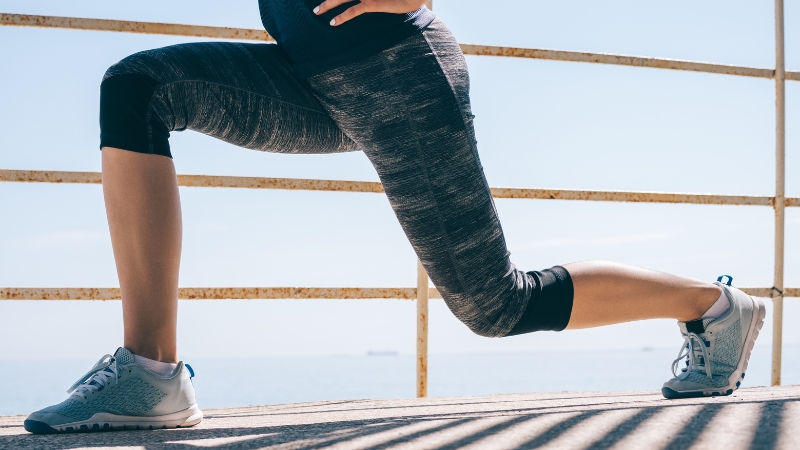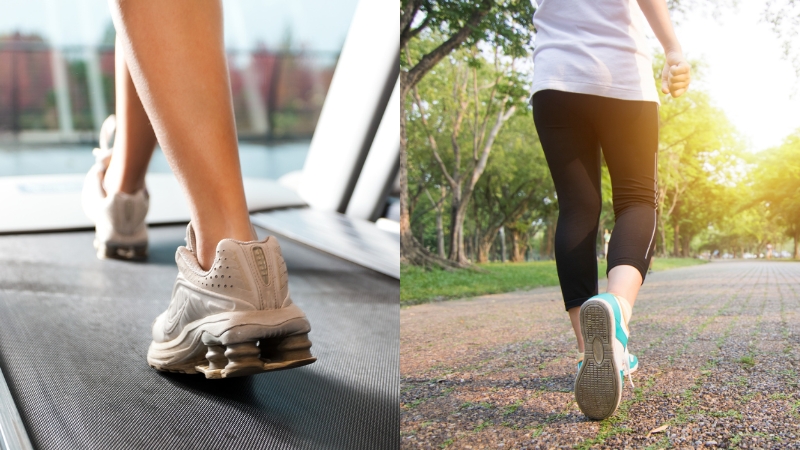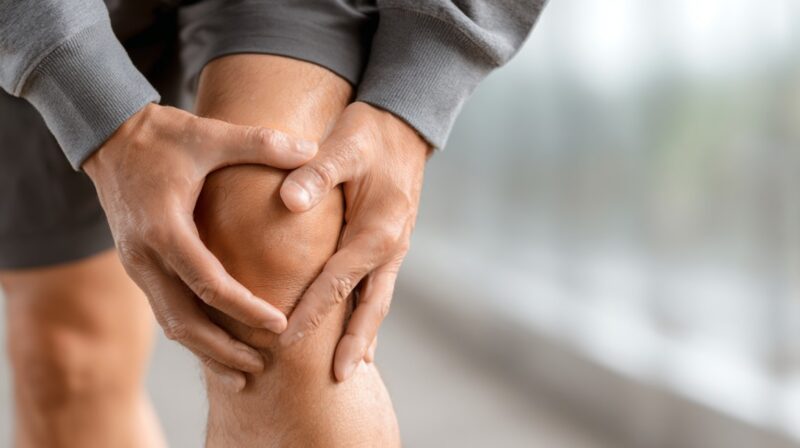
Share Post:
Maintaining joint health becomes increasingly crucial as people age.
As mobility and comfort decline, conditions like arthritis, joint stiffness, and recurring injuries often emerge.
Preventive measures focused on daily habits, nutrition, and physical activity can play a powerful role in preserving flexibility, reducing pain, and supporting long-term independence.
Without further ado, let us begin.
Stay Physically Active
Regular physical activity plays a key role in preserving joint health as the body ages.
Movement helps lubricate joints, strengthens surrounding muscles, and supports balance. Staying active does not mean engaging in strenuous or high-impact routines.
Low-impact options provide substantial benefits without adding stress to vulnerable areas.
- Walking
- Swimming
- Cycling
- Yoga
People who engage in these exercises consistently often experience better joint flexibility, improved blood circulation, and reduced stiffness.
Low-impact exercises to consider:
- Walking at a comfortable pace, ideally on flat, even surfaces
- Swimming or water aerobics for full-body movement with minimal joint stress
- Cycling with good posture and proper seat height
- Gentle yoga or tai chi for balance, control, and flexibility
Strength training is another critical component. Strong muscles act as stabilizers, shielding joints and absorbing impact.
A progressive and controlled strength routine builds resilience without causing strain.
- Resistance bands for controlled movement
- Bodyweight exercises such as squats, bridges, and wall pushups
- Light dumbbells used in a slow and deliberate manner
Stretching routines should not be overlooked. Gentle stretches maintain range of motion and prevent the shortening of muscles and tendons.
Flexibility allows joints to move through their full capacity, which becomes increasingly important as connective tissues become less elastic with age.
Managing Joint Pain and Inflammation
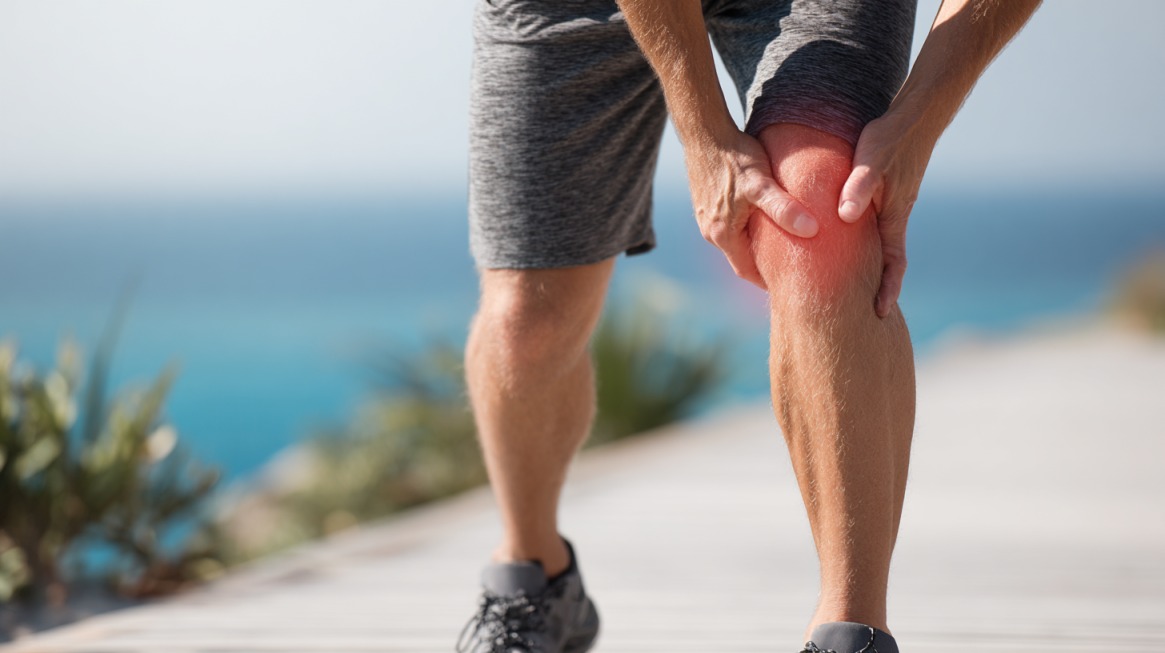
Joint discomfort is common with age, but doesn’t need to control daily life.
Recognizing early signs and taking prompt action helps minimize damage and supports faster recovery.
Pain, swelling, or reduced range of motion are signs that joints may be inflamed, irritated, or overused.
Taking these signals seriously prevents them from turning into chronic problems.
Mild symptoms often respond well to self-care methods. The R.I.C.E. technique is a foundational strategy for short-term joint relief. It targets inflammation and swelling while allowing the body to heal in a supported environment.
- Rest: Avoid movements that aggravate pain
- Ice: Apply cold packs for 15–20 minutes to reduce swelling
- Compression: Use wraps or braces to limit fluid buildup
- Elevation: Raise the affected area to promote drainage
Persistent or severe pain may require professional guidance. Physical therapists can develop tailored movement plans that strengthen weak areas without aggravating inflamed joints.
For those seeking non-surgical treatment options, it is possible to find regenerative medicine approaches using advanced stem cell and platelet therapies, which may help relieve chronic joint pain and delay or avoid the need for surgery. This type of treatment is possible at clinics like c4rpm.com.
Other than that, a much cheaper and less painful alternative is exercising on sand regularly!
Orthopedic specialists offer evaluations to diagnose underlying causes and suggest advanced treatments when necessary.
Maintain a Healthy Weight

Carrying extra body weight significantly increases pressure on joints, especially those that bear the brunt of movement, like knees, hips, and ankles.
Each additional pound can place multiple pounds of added force on these areas with every step taken.
Over time, this leads to quicker wear and higher chances of inflammation, cartilage breakdown, and pain.
Losing even a modest amount of weight can bring noticeable relief. Less fat tissue in the body also lowers the amount of pro-inflammatory substances released into the bloodstream.
Reduced systemic inflammation can ease joint discomfort and potentially slow the progression of osteoarthritis or similar conditions.
- Less pressure on weight-bearing joints
- Decreased production of inflammatory chemicals
- Greater mobility and reduced joint stiffness
- Lower risk of joint degeneration and chronic pain
Healthy weight maintenance isn’t about drastic dieting or deprivation. A sustainable balance between physical activity and proper nutrition forms the foundation of long-term success.
Daily movement keeps metabolism active, and a nutrient-focused meal plan supports both energy and joint health.
- Prioritize whole foods such as vegetables, lean proteins, legumes, and whole grains
- Eat smaller meals more frequently to control hunger and blood sugar
- Drink water regularly throughout the day to support metabolism and reduce unnecessary snacking
- Limit processed foods, added sugars, and refined carbohydrates
Managing weight also improves confidence and motivation, both of which are essential for continuing healthy behaviors.
Every pound lost relieves stress on joints, making it easier to remain active, which in turn helps keep the weight off. It’s a cycle that builds momentum with each small, consistent improvement.
Nutrition for Joint and Bone Health
@footballsupplements Which food is good for bones and joints? #soccernutrition #fyp #foryoupage #soccertips #soccertraining #soccertiktok #footballtraining #footballnutrition #soccer_team🔥 #soccer ♬ original sound – Football Power Diet l Coach
Food choices influence how joints perform, recover, and age. Specific nutrients play essential roles in preserving cartilage, reducing inflammation, and strengthening bone density.
Prioritizing meals that nourish bones and soft tissues supports mobility and prevents deterioration.
An anti-inflammatory dietary approach can help minimize joint swelling and stiffness. Emphasizing whole, nutrient-rich ingredients limits inflammatory triggers commonly found in processed meals.
- Leafy greens such as spinach, kale, and arugula
- Colorful fruits like berries, oranges, and cherries
- Fatty fish such as salmon, sardines, and mackerel
- Extra virgin olive oil for cooking or dressing
- Unsalted nuts and seeds like almonds and flaxseeds
Calcium plays a foundational role in building and maintaining strong bones. Deficiency in this mineral often leads to weak bones and higher risk of fractures that impact surrounding joints.
Vitamin D aids in calcium absorption and supports muscle strength, both of which are essential for joint stability.
Cartilage, which cushions joints, contains high water content. When hydration is inadequate, cartilage can become dry, brittle, and more prone to damage.
Sufficient fluid intake keeps joints lubricated and functioning smoothly.
Joint Protection and Injury Prevention
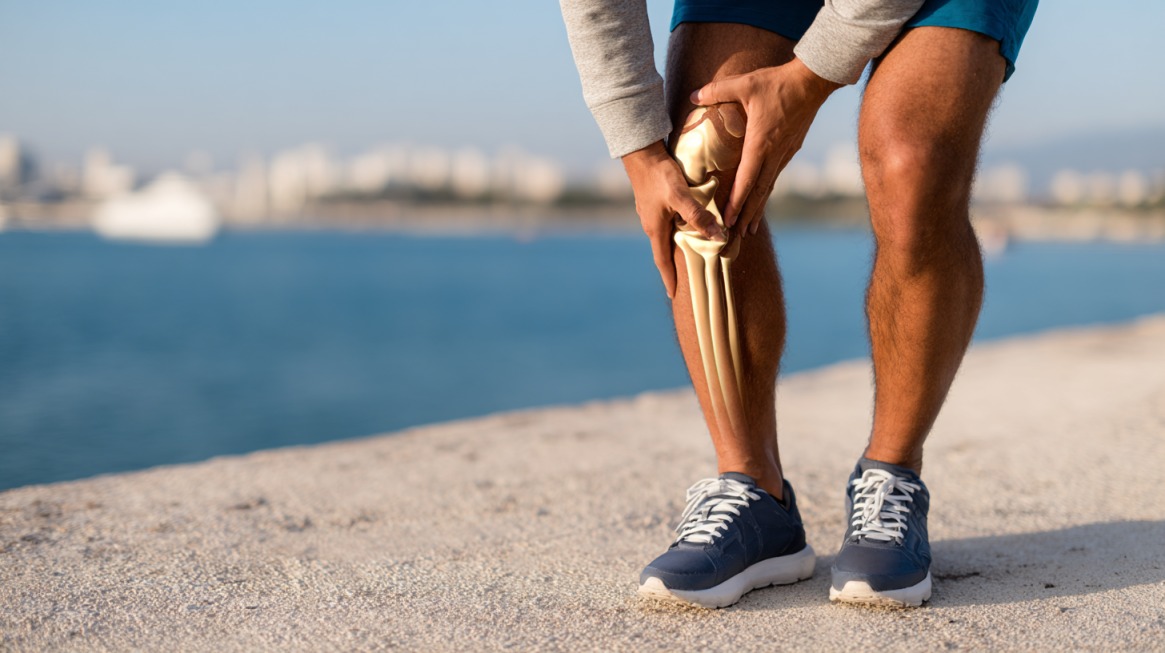
Daily activity, when performed without proper care, can place joints at risk for wear, strain, and injury.
Protective gear and supports can be useful during certain physical activities. Braces, sleeves, or wraps stabilize vulnerable joints, particularly for individuals recovering from prior injuries or engaging in repetitive motion.
When used properly, these aids promote confidence and minimize overextension.
- During strength training, especially for knees, wrists, and elbows
- While recovering from minor sprains or strains
- When performing repetitive tasks that stress a specific joint
Body mechanics also play a major role. Lifting, reaching, or carrying objects with poor posture or improper technique creates unnecessary joint stress. Small adjustments in how tasks are performed can reduce long-term wear and help prevent accidents.
- Bend the knees instead of the waist when lifting
- Keep objects close to the body to minimize leverage force
- Pivot with the feet rather than twisting the spine
- Use both hands to balance weight evenly
Protective gear, such as gloves, knee pads, or wrist guards, is useful during recreational and occupational tasks that involve impact or fall risk.
Taking a moment to use safety equipment can prevent injury that leads to chronic joint problems.
Daily Habits that Matter

Joint health is shaped not just by exercise and nutrition, but also by small, repeated choices made throughout the day.
Many underestimate how routine behaviors either support or strain the musculoskeletal system. Adopting mindful habits helps reduce wear, support structure, and promote longevity.
Smoking and excessive alcohol use are among the most harmful lifestyle choices for joint health.
Chronic use also affects the body’s ability to repair tissue, increasing the risk of arthritis and other degenerative joint issues.
- Slower healing of damaged cartilage or ligaments
- Increased inflammation throughout the body
- Reduced bone mineral density, increasing fracture risk
- Greater susceptibility to pain and stiffness
Extended periods of inactivity can cause joints to stiffen. Sedentary routines, such as sitting at a desk for hours, limit circulation and allow tightness to build.
Changing positions, walking around, or even stretching briefly can keep joints limber and functioning more efficiently.
- Stand up or walk for 5 minutes every hour
- Use a standing desk or adjustable work surface
- Perform shoulder rolls, ankle circles, or neck stretches while seated
- Take stairs when available to activate lower body joints
Footwear choices have a direct impact on joint alignment. Shoes that lack support, are worn out, or have improper heel height alter posture and gait.
Summary
Joint care requires consistent attention over a lifetime.
Combining exercise, nutrition, protective habits, and professional support offers the best chance for lasting mobility.
Staying proactive helps maintain comfort and activity in every stage of life.
Related Posts:
- How to Monitor and Adjust Your Fitness Routine as You Age
- How Regular Exercise Can Prevent Back Problems As You Age
- How to Keep Your Skin Fresh and Flawless for the…
- Fitness Recovery Essentials: How to Keep Your Body…
- Are You Addicted to Your Pre-Workout? Signs You…
- Supermodel Cardio Secrets – The Workouts That Keep…




